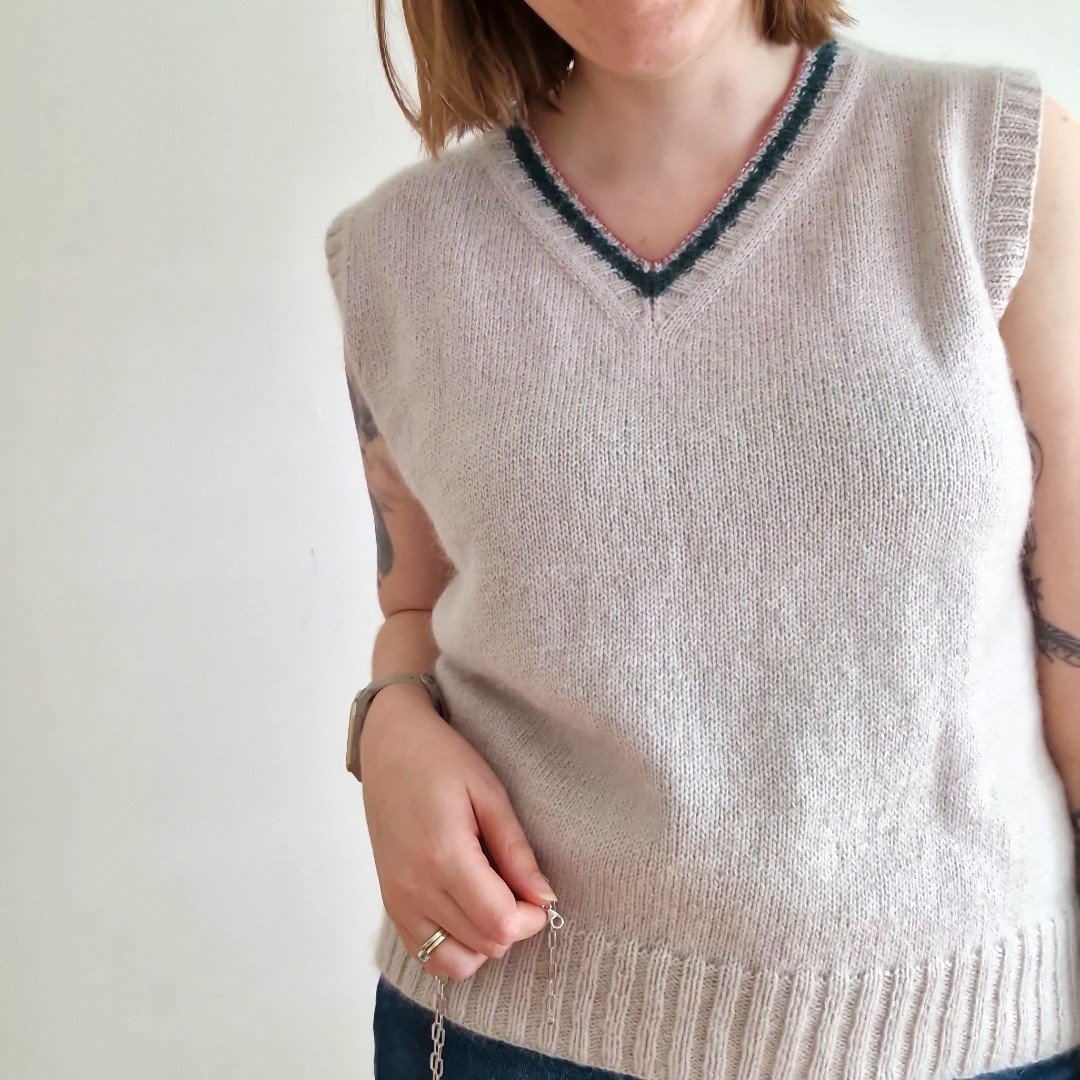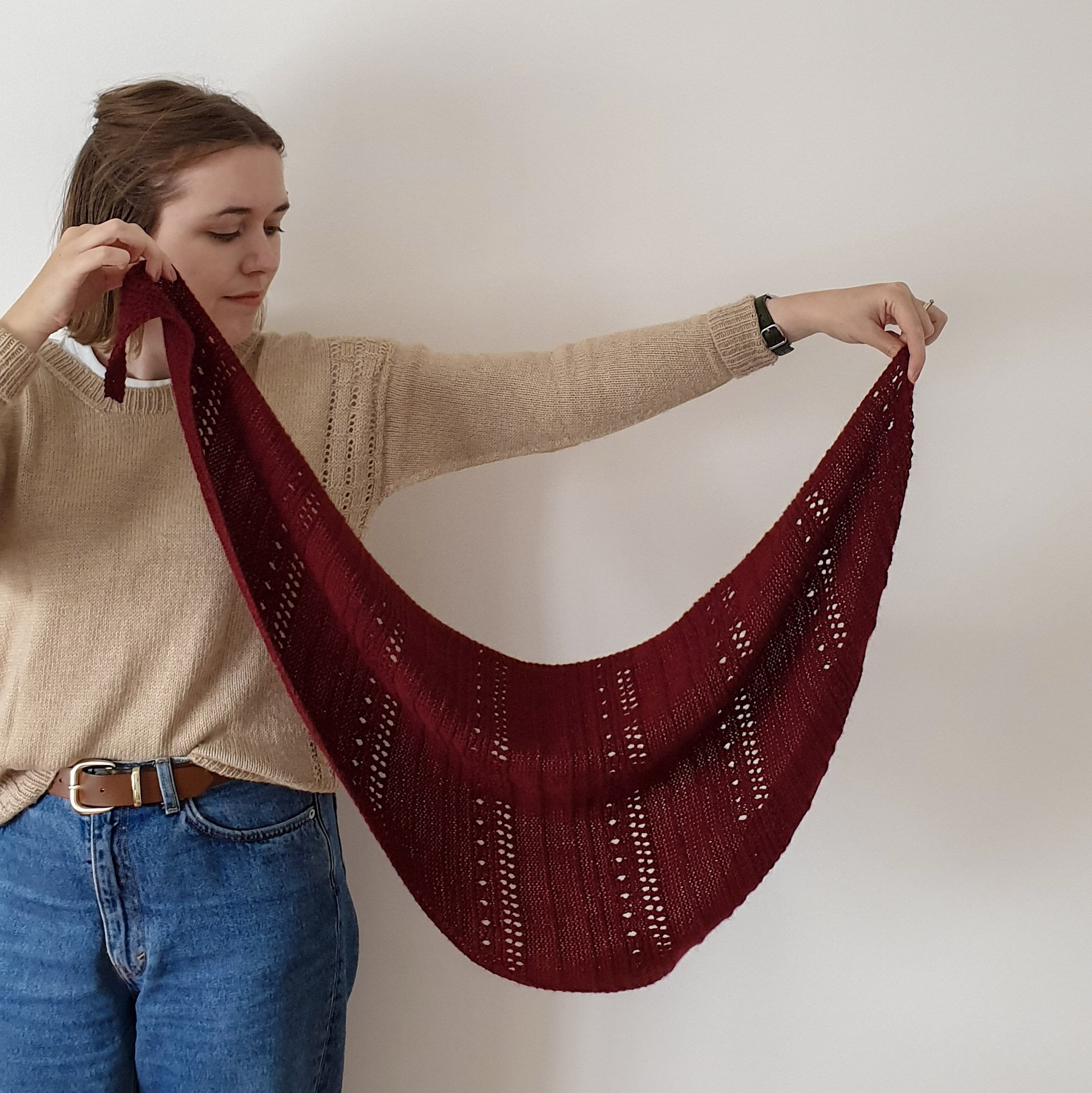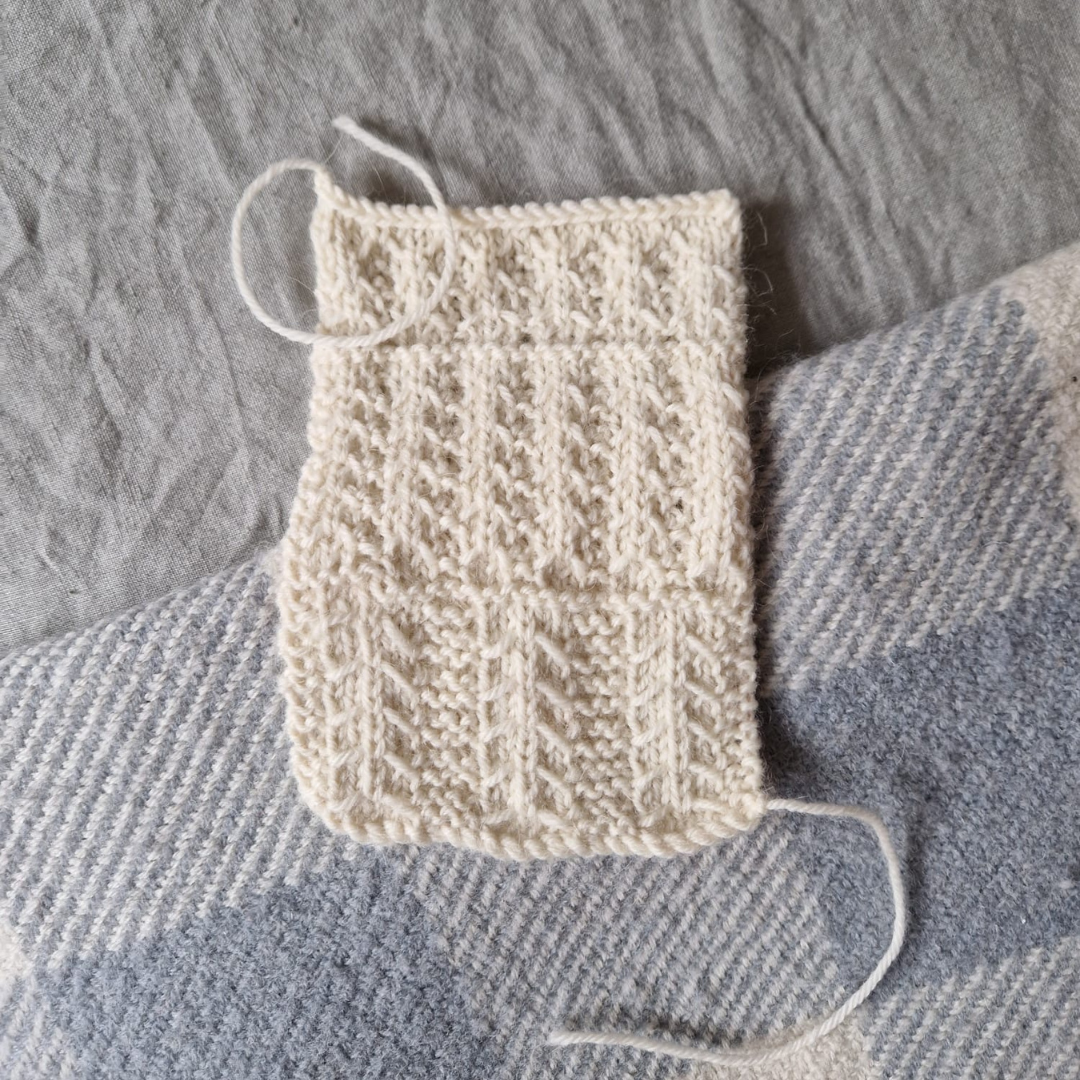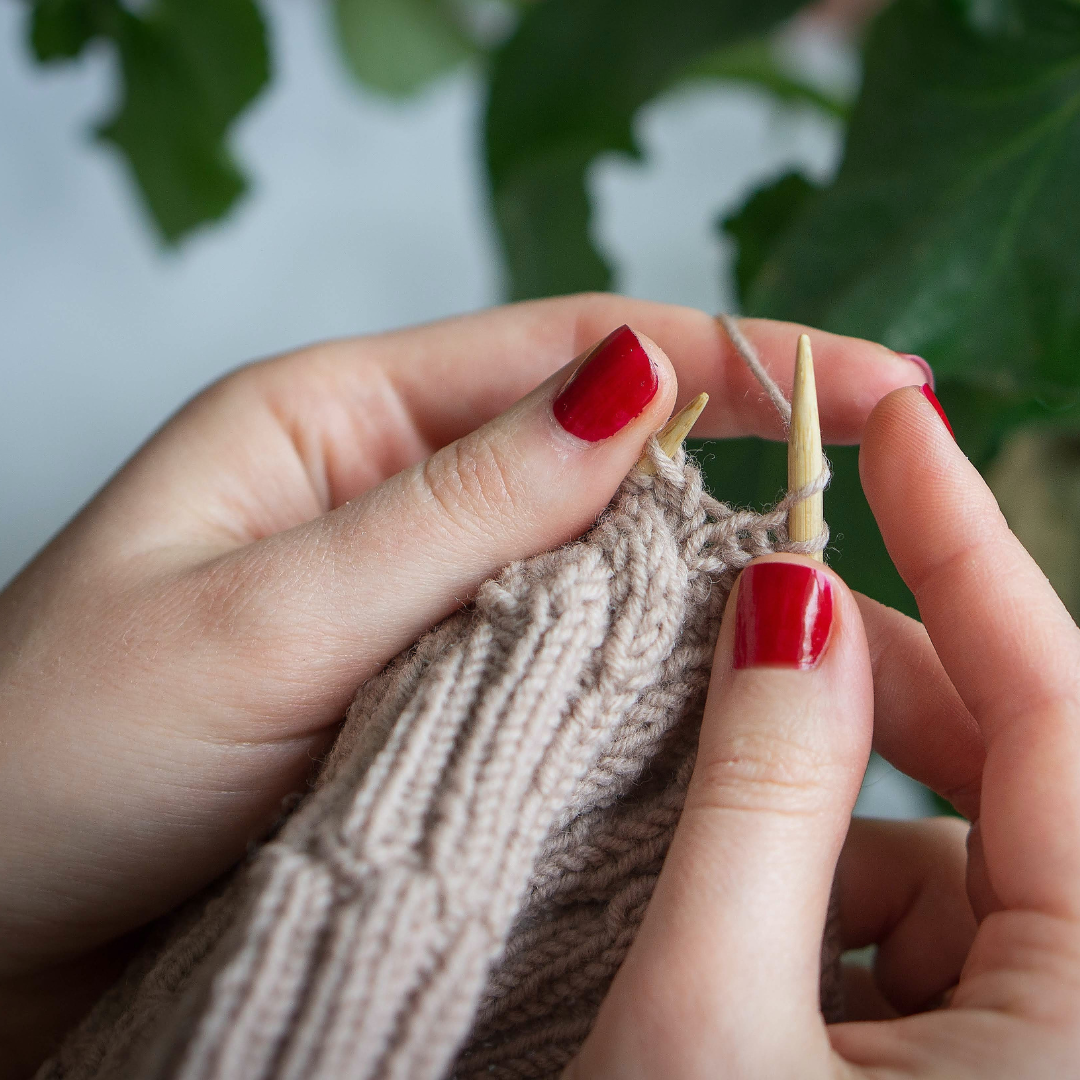The 3 Golden Rules of Using Stitch in Sweater Pattern Design
Have you ever designed a sweater only to realise it's not as adaptable in different sizes as you hoped?
In this blog post, we're getting to the heart of using stitch patterns or motifs in sweater design. This essential skill ensures your design looks attractive and works well across your entire range of sizes.
Whether you’re an experienced designer or just starting out, grasping these three golden rules is essential for creating size-inclusive, beautiful sweaters.
These aren't just tips; they're real-life solutions to common challenges we face when using stitches or motifs in our sweater designs. So, let’s dive in and make sure your next sweater design is as functional as it is beautiful!
Image description: A pile of sweaters with the text, The 3 Golden Rules of Using Stitch in Sweater Pattern Design
Golden Rule #1: Your allover pattern repeat should be gradeable.
Understanding the Importance of Pattern Size
Using allover pattern repeats can make for an eye-catching sweater, but it's important to consider how these patterns will grade across different sizes. This is where your design skills really come into play.
Size-Inclusive Design Strategy
When working with allover stitch patterns or motifs, keep in mind the chest increments in your size range. For example, if there's a 5 cm (2 in) difference between chest sizes, your pattern repeat should be no larger than this. This helps ensure that your design can be graded across sizes without skipping any, making your patterns more adaptable and inclusive.
Why Size Matters in Pattern Design
By considering your size increments when using stitches or motifs in your sweater designs, you make the grading process more straightforward. This not only saves you time and effort but also means your design will look great and be accessible to a broader range of sizes. It's a practical step that has a significant impact on the final pattern.
Key Takeaway
Keep your pattern repeats in line with your chest size increments. This simple tweak will help make your sweater designs both beautiful and size-inclusive, serving a wider range of knitters and wearers.
Image description: Woman snuggling into the roll neck of her cable sweater. The text says, The 3 Golden Rules of Using Stitch in Sweater Pattern Design
Golden Rule #2: Grade your stitch panels!
Creating a Consistent Appearance Across Sizes
Designing a sweater that looks great in every size involves more than just grading the measurements; it’s about keeping the integrity of your design. Grading your stitch panels ensures that the appearance of your design is consistent, no matter the size. This balance between visual appeal and practical design is essential.
Practical Approach to Stitch Grading
When grading panels of stitches or motifs, focus on their placement and overall proportion. The goal is to have the panel cover a similar area proportionally in all sizes. For instance, in a range of 9 sizes, using three variations of a stitch panel can be effective. This might mean tweaking a cable by an extra stitch or adjusting the width of a motif. These small changes make a big difference in maintaining the design's overall proportion.
Why This Matters
A well-proportioned design is visually appealing, so it’s important to maintain this for all sizes. It would be incredibly disappointing for someone to select your design based on how the sample looks, only to knit it up and find that the stitch panel hasn’t been scaled appropriately for their size. This attention to detail will make your designs more inclusive and accessible.
Key Takeaway
Remember, the key to successful grading is in the details. Adjusting your stitch panels to maintain proportion across sizes ensures your design remains cohesive and beautiful across your entire range of sizes.
Image description: A pile of sweaters with a variety of textured stitches in shades of cream, brown and orange.
Golden Rule #3: Make sure your stitch harmonises with the yarn.
The Interplay of Stitch and Yarn
Choosing the right yarn for your stitch pattern is crucial in sweater design. It's not just about the stitch you love; it’s about making sure it shines with the yarn you pair it with. This harmony between stitch and yarn is what brings your design to life.
Matching Your Stitch with the Perfect Yarn
Different stitches come alive with different types of yarn. For example, a bouncy wool yarn can enhance the texture of your cables, making them more defined. On the other hand, a delicate lace stitch might look its best in a lighter silk blend. This practical pairing is key to achieving the look and feel you want in your sweater design.
Swatching: A Crucial Step
Before fully committing to your design, it’s so important to swatch. This means knitting a large swatch to see how your chosen stitch interacts with your selected yarn. Pay attention to how the yarn complements the stitch, especially in terms of texture, definition and drape.
Why This Combination Matters
The right yarn can elevate your chosen stitch, making your design as beautiful as you envisioned. This step isn't just about aesthetics; it's about making sure your stitch pattern is showcased to its full potential in your final design.
Key Takeaway
Your stitch and yarn choices are equally important in your design. Carefully selecting and testing them together ensures that your finished sweater is a harmonious blend of pattern and material, staying true to your creative vision.
Conclusion: The 3 Golden Rules of Using Stitch in Sweater Pattern Design
In closing, these golden rules are crucial to creating sweaters that are as functional as they are beautiful. Remember, the goal as a designer is to design beautiful sweaters that look consistent and fit nicely on a variety of body sizes.
By keeping your pattern repeats gradeable, ensuring your stitch panels are proportionally adjusted, and choosing yarn that complements your stitch pattern, you'll be well on your way to achieving this.
So, as you embark on your next sweater design, remember these rules. They're not just guidelines; they're the foundation of great sweater design.
I’m curious to hear from you – what has been your biggest takeaway from these rules? Have they changed how you approach your designs? Let me know in the comments below!























